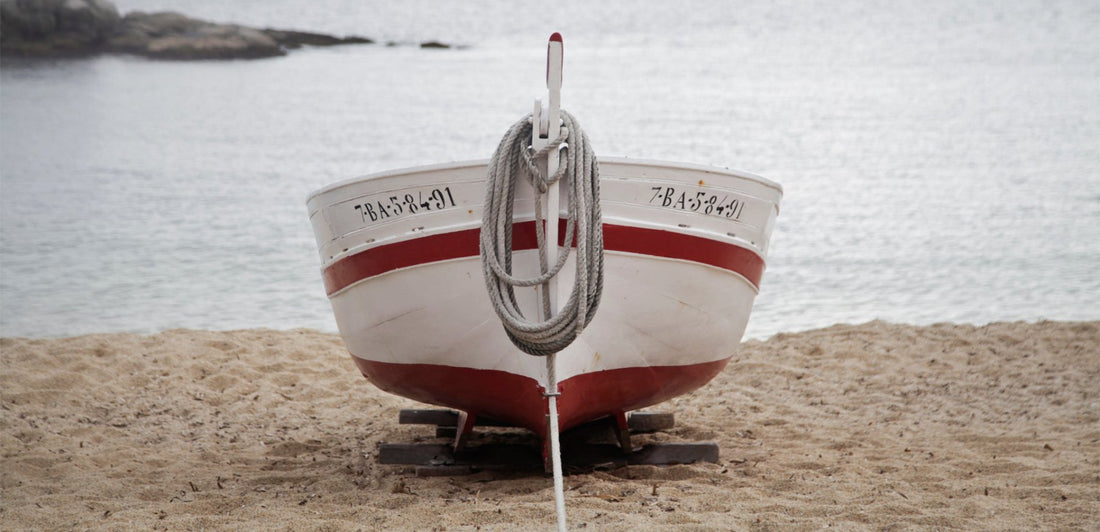Huge warehouses, high emissions, inventories that are full to bursting. There are a lot of downsides to the mainstream production of clothing - which enables customers to get styles at the click of a button. Many fashion brands are still choosing to mass produce their clothing, leading to reduced quality and unsellable stock. This fast fashion model has contributed to global warming. At the same time, a culture of convenience means that many customers still look for last-minute options.
At TWOTHIRDS, we like to think we’ve got the best of both worlds. On the one hand our PRE-ORDER system enables us to slow the pace of fashion and provide quality garments with very little waste. On the other hand, the stock that’s left-over provides an immediately available option for people who need a quicker turnaround, without compromising their commitment to sustainable fashion. This is what we mean by Ready To Ship.
Our Three-Part Production System
Let’s take a peek under the hood. Since 2015 - when we went fully online and re-evaluated our sustainability targets - TWOTHIRDS has been relying on a three-part gold standard of production.
The Problem With “Ready To Ship”
Convenience comes at a cost. 21st century fashion companies think it’s normal to produce stock before they have the customers to wear it! They take an approach that is similar to Amazon, by placing warehouses in different countries to be able to dispatch stock immediately. This is already unsustainable, because warehouses use a lot of energy. Fashion also doesn’t work like Amazon - because stock goes out of season and style. If a company’s main production model is based on Ready To Ship, then it has accepted that it will not be able to sell all of its clothing, contributing to landfill.
This problem is amplified during times of socioeconomic stress. In the past two years, fast fashion brands have had issues with overstock during the year’s biggest Sale event: Black Friday. Whereas in 2021 the issues were logistical (with major supply chain delays caused by the pandemic, leading to scarcity), in 2022, brands had over-ordered after a period of declining growth caused by Russia’s war on Ukraine and the energy crisis.
As Vogue reported, this led to huge discounts in an effort to get people to spend as much as possible in a relatively short window of time, while soaking up excess stock. Clearly this is not a sustainable model, because it points “to the bigger issue of overproducing and then discounting stock, which devalues it in the eyes of the consumer, perpetuating a culture of waste.” Relying on Ready To Ship may be convenient to both customers and brands alike, but it’s certainly not efficient and only contributes to unhealthy fashion habits that are destroying the environment. If misused, the instantaneity of Ready To Ship leads to overconsumption.
The Alternative: PRE-ORDER
There’s a paradox at play: aren’t we criticising Ready To Ship at the same time as offering it?! Yes. This comes down to the fact that our Ready To Ship styles have all started life as PRE-ORDER products. We’re a small company with a large community of ocean lovers. These guys have taken to our PRE-ORDER system like a duck to water, understanding that the wait-time is worth it for truly sustainable products. In contrast to fast fashion, our system minimises waste and reduces surplus stock. We dispatch from just one warehouse in Central Europe, taking up less space and generating less emissions with our transport partners. Because this is way more robust than a mass produced system (our garments are made well in advance and in EU regions we trust) we have also been able to navigate worldwide supply chain issues with ease. PRE-ORDER makes us more agile, while still leaving space for Ready To Ship.
Our customers can opt to buy styles that will take time and dedication to be made just for them. Or they can buy Ready To Ship items that have received the same love and care but are simply available sooner because their PRE-ORDER window has ended.
PRE-ORDER and Ready To Ship aren’t enemies, the second simply follows from the first. Using Ready To Ship without PRE-ORDER is where the damage is done.

Case in point: our Limited Edition collections. They are made from quality deadstock from the previous season. In other words: the leftovers from our factories that would otherwise go to waste. They are Ready To Ship precisely because the number of items we can create with this small amount of fabric is very limited. Therefore the need for PRE-ORDER is negated and the risk of overconsumption, sharply reduced.
How To Buy Ready To Ship Products
Go to any TWOTHIRDS department (on our website) and click the “status” drop-down menu on the right hand side of the screen. You’ll normally see the following options:
- In Stock
- New In
- Pre order
- Sale
To search for products that are ready to dispatch rapidly, select “In Stock”. Note: there is often an overlap between “New In” and “Pre order”, since almost all new items are available to PRE-ORDER!
In summary, our Ready To Ship items are just as sustainable and eco-friendly as our PRE-ORDER options. They all contribute to a holistic system that allows us to run a tight ship where stock is concerned. In contrast to the excess of fast fashion companies, our slow fashion brand is built to reduce, not create waste. This is exemplified by our Limited Edition garments which turn deadstock waste into beautiful garments.








